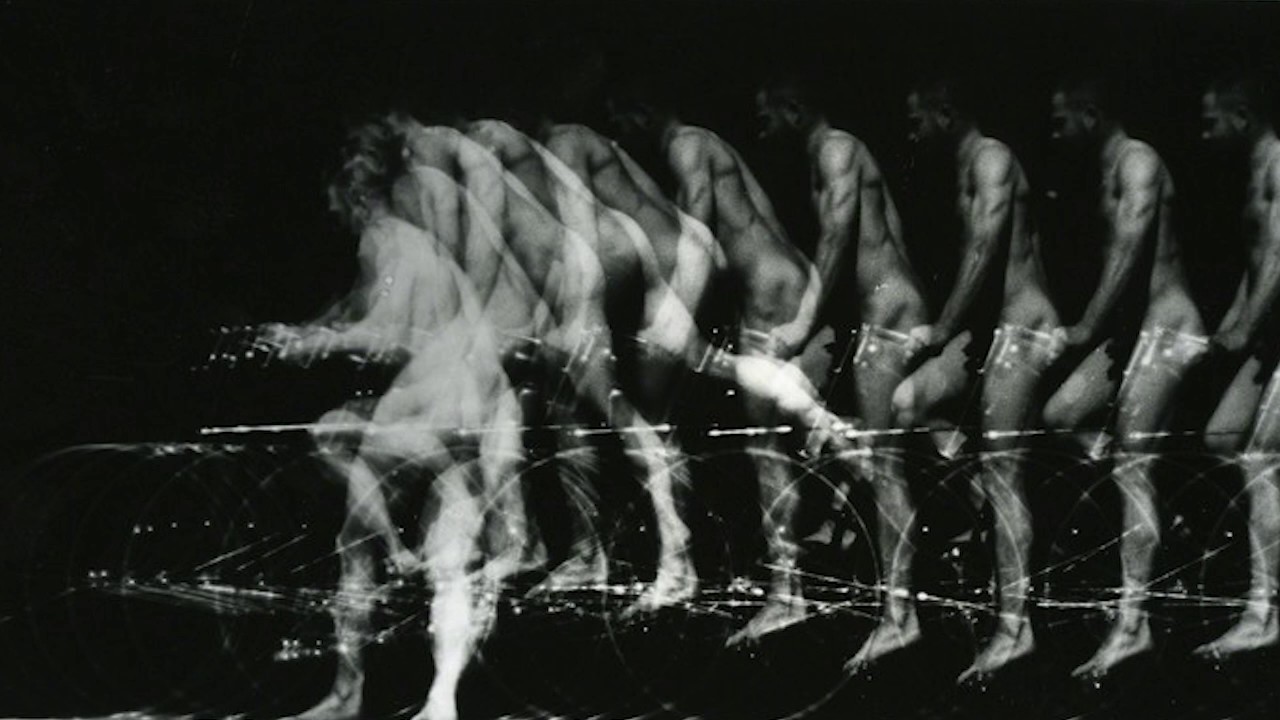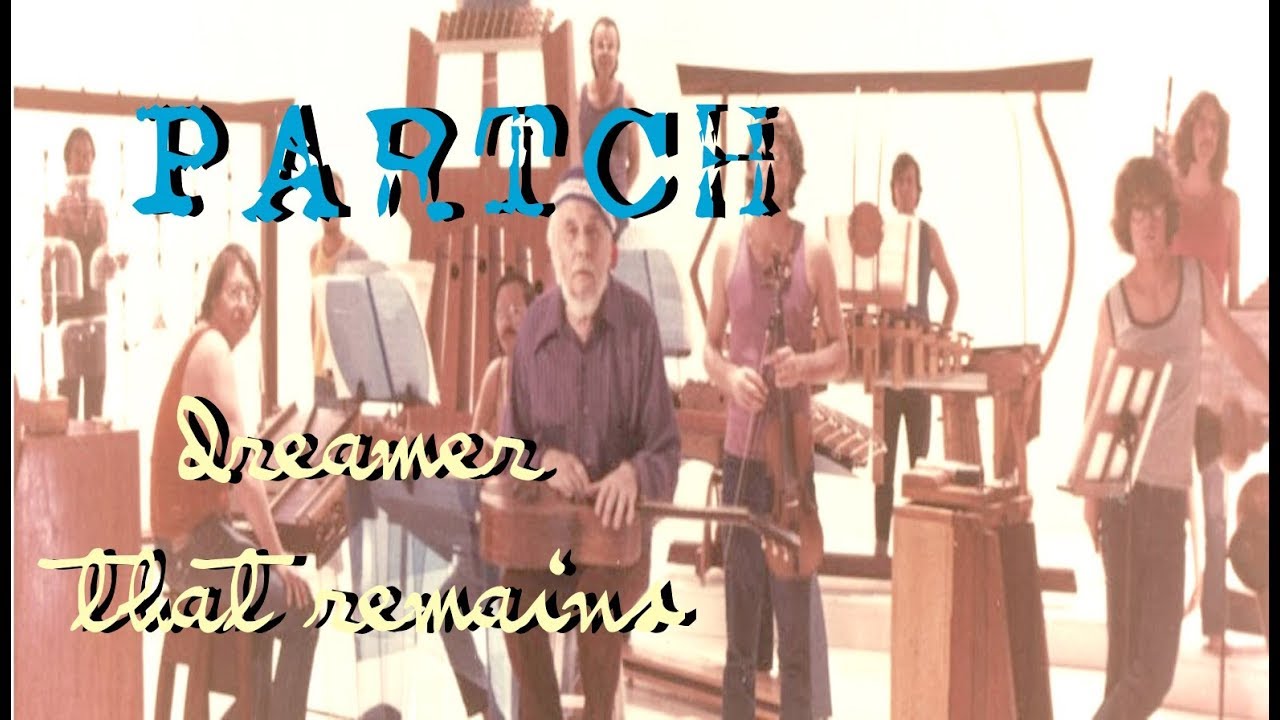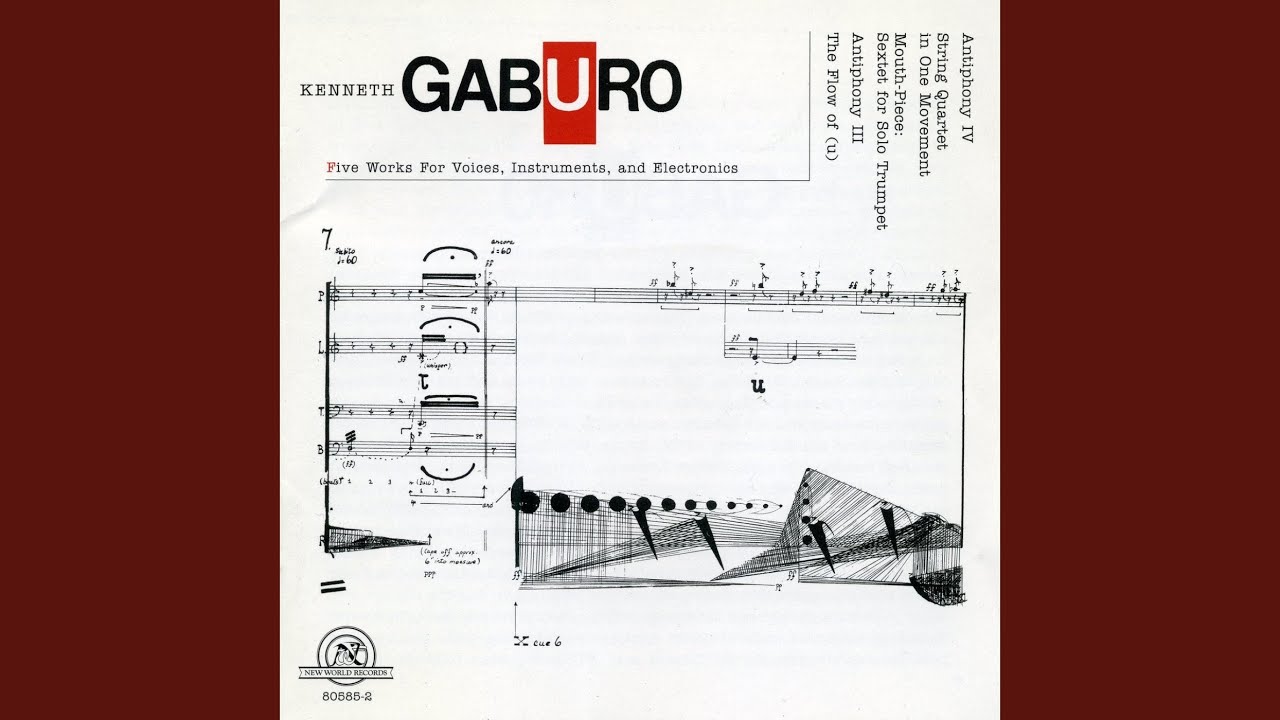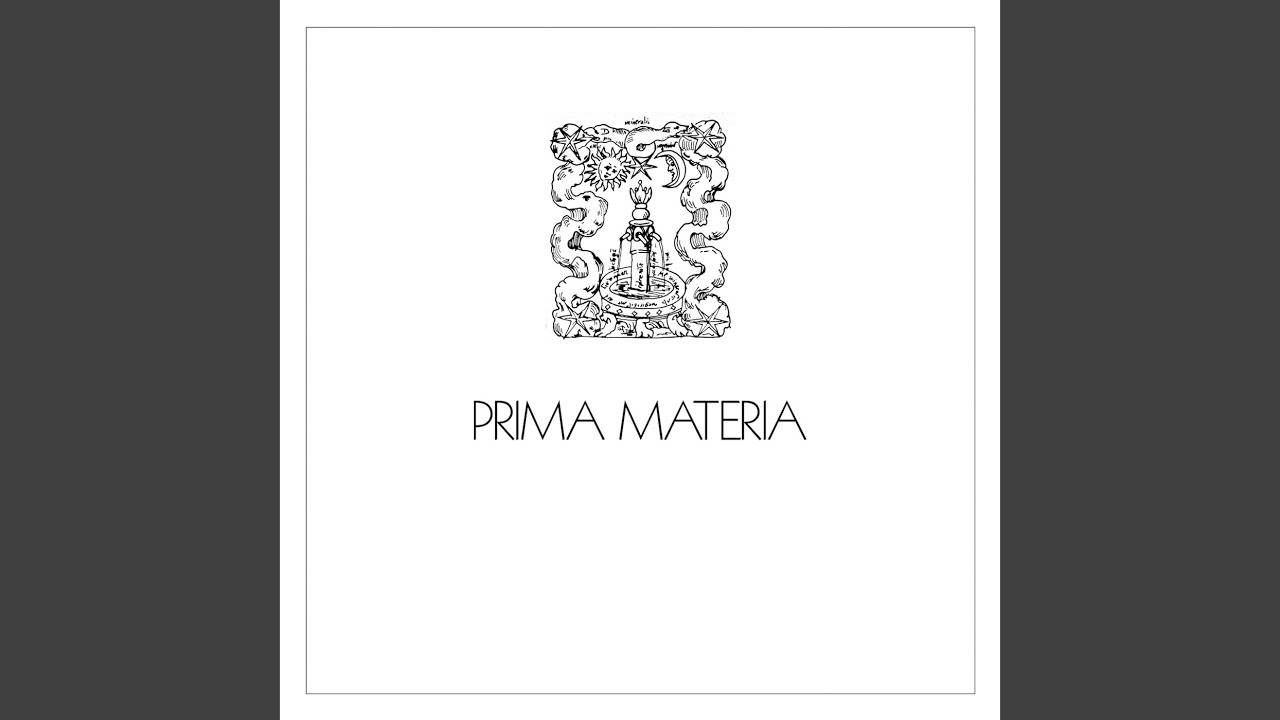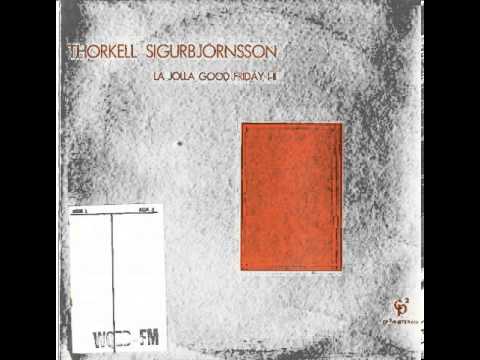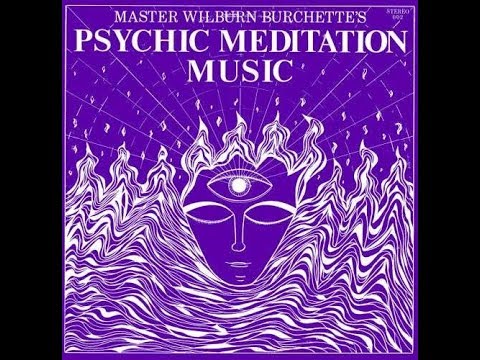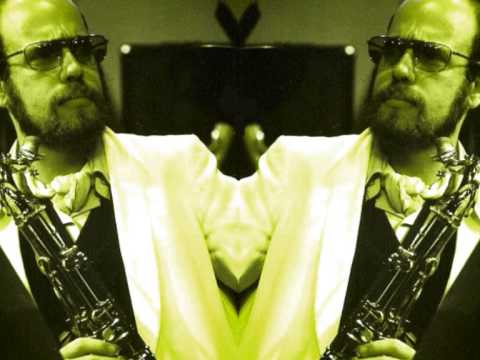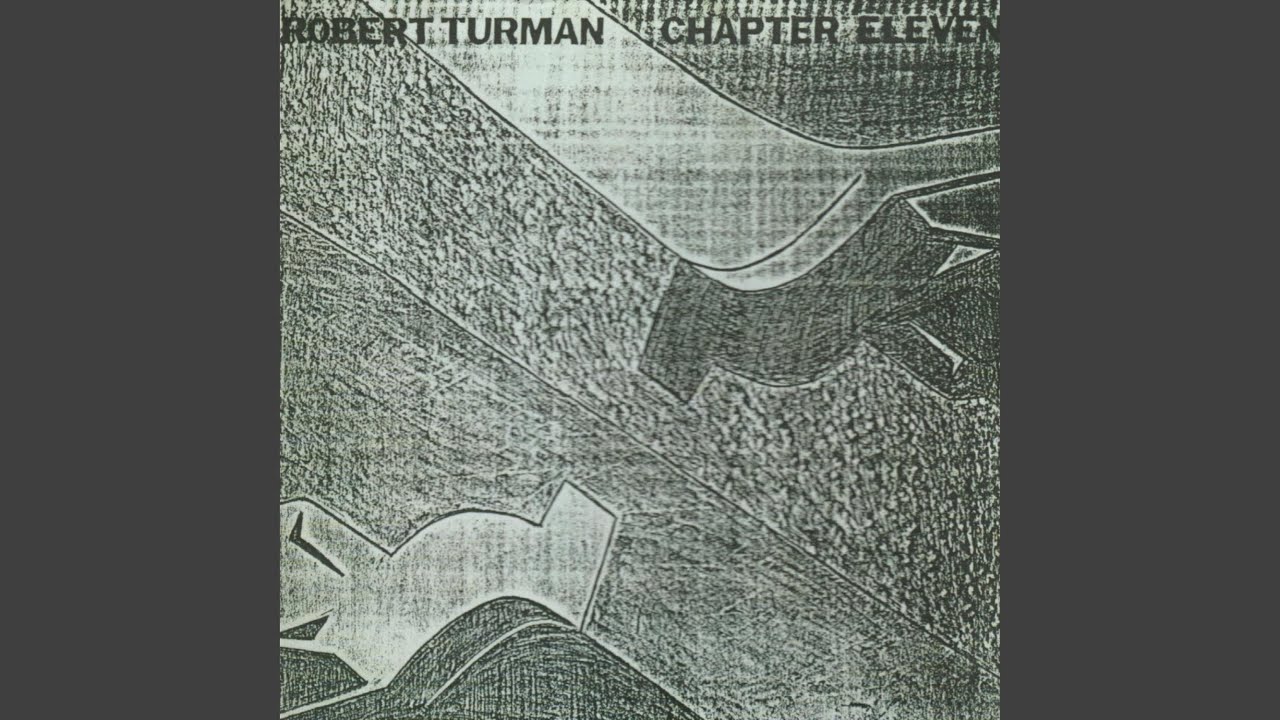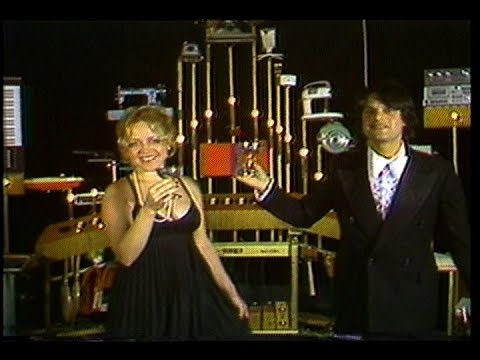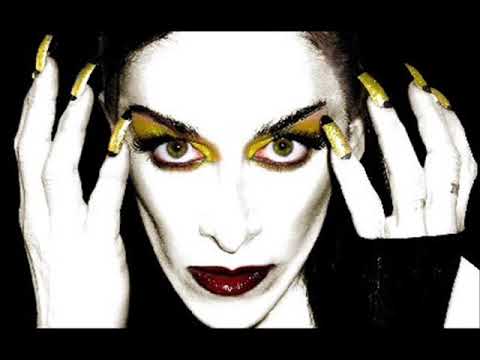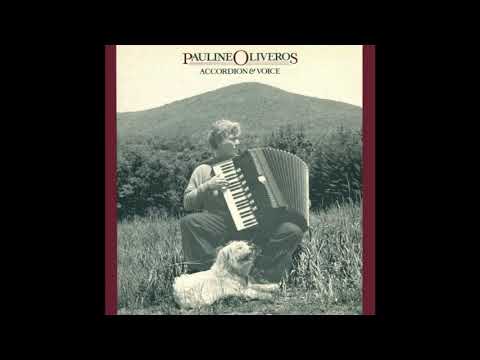From trailer park punks to Pulitzer Prize winners, Alien Territory: Experimental, Radical, & Irrelevant Music in 1970s San Diego is the untold story of a sleepy Navy town that became the unlikely gathering point for some of the most innovative, unclassifiable American artists of their time. The late 60s arrival of Harry Partch – hobo composer, iconoclast and inventor of instruments such as the Harmonic Canon and Quadrangularis Reversum – jump-started a revolution that was as much social as it was musical, drawing on the occult, self-realisation and radical political movements of 70s Southern California.
Artists as diverse as Partch, Pauline Oliveros, Kenneth Gaburo, Roger Reynolds, Diamanda Galás, Warren Burt, David Dunn, Robert Turman and Master Wilburn Burchette may have pursued different paths – Sonic Meditations, compositional linguistics, microtonal scales, invented instruments, cutting edge electronics, underwater synthesizers, Tibetan throat singing, environmental sound, pure noise – but they also sought to dismantle the systems of American life and replace them with a radically inclusive and socially responsive aesthetic that looked to the future even when it sometimes referenced a distant, idyllically imagined past. In their pursuit of “Irrelevant Music” – Kenneth Gaburo’s term for an untainted music free of constraint and compromise – these disparate artists constitute a shadow history of American experimental music far removed from the European and East Coast models of the time.
Rather than draw connections between these artists – since that’s what the book is for – I’m going to present some disparate highlights from a decade (and then some) of experimental activity in San Diego. This is not a “best of” and it’s certainly not complete. Robert Erickson and Roger Reynolds, for instance, are major figures who for one reason or another aren’t found here. Not to mention the fact that some of the best music from this era remains unreleased or hopelessly difficult to find. While I had every intention of keeping this list to ten items, in the end I just couldn’t stomach the thought of leaving out the Arthur Frick video, which stands for a whole subset of artists otherwise poorly represented on YouTube. So let’s just call this list of eleven a Beggar’s Dozen.
Pauline Oliveros, A Little Noise In The System
The story of San Diego’s experimental music scene in the 70s arguably starts decades earlier and hundreds of miles away with hobo composer Harry Partch and his rugged, handmade take on microtonal music. Partch didn’t actually arrive in San Diego until the late 1960s but his spirit seemed to linger there long after his passing. However, in an attempt at authorial symmetry I’m going to start and end this playlist with the equally influential Pauline Oliveros, whose early years in San Diego were heavily impacted by the violence and upheaval of the Vietnam War and the local counterculture’s response. ‘A Little Noise in the System’, from 1967, sees Oliveros exploring solo harsh noise as a response to fear and trauma, anticipating by a good decade or so an entire genre dedicated to such an approach. For Oliveros, though, this was a spiritual and musical dead end, and her recognition of that sent her on a meditative quest that would come to define her music, and that of her many followers, in the years to come. Her years in San Diego, during which she collaborated often and experimented widely, are a record of this quest.
Harry Partch, The Dreamer That Remains
Here’s our Harry. ‘The Dreamer that Remains’ (1972) is both a standalone piece of music and a documentary film that well captures Partch’s alternately genial and crotchety approach to Americana as well as his gorgeous homemade instruments. ‘The Dreamer that Remains’ also functions as an epitaph of sorts for Partch, whose productivity and health declined rapidly following its completion. His Partch Ensemble, however, would collectively carry on Partch’s legacy in San Diego and elsewhere throughout the 1970s, with some of its members taking the old man’s work in radical new directions he likely never foresaw.
Kenneth Gaburo, The Flow of (u)
A difficult, contradictory and undervalued figure, Kenneth Gaburo shared some of his friend Pauline Oliveros’s interest in music as a collectively organized social structure, yet he also had Partch’s headstrong “my way or the highway” temperament. This resulted in some fascinating and frustrating exercises in what he liked to call “irrelevant music”, much of it performed by his New Music Choral Ensemble. This 1974 drone piece is practically easy listening by his standards, but once you contemplate the ramifications of its construction – three human voices holding a single unwavering tone for twenty-three minutes – it no longer seems so easy.
Prima Materia, La Coda Della Tigre (Part 1)
The Center for Music Experiment at the University of California San Diego was a babel of extreme vocal techniques. The Extended Vocal Techniques Ensemble and the New Music Choral Ensemble were the resident house bands/research units but they were by no means the only game in town. Witness the mystical, hypnotic, and ever-morphing Prima Materia, formed by UCSD students Roberto Laneri and Dary John Mizelle, who practiced a particularly hairy take on throat singing.
Thorkell Sigurbjörnsson, La Jolla Good Friday I
While credited solely to Thorkell Sigurbjornsson, a deeply discombobulated Icelandic composer taking in the San Diego sunshine on the UCSD campus, ‘La Jolla Good Friday’ owes nearly as much to Warren Burt, the university’s foremost electronics whiz kid. Using a Hybrid IV system interfacing between a micro-computer and a Serge synthesizer, Burt and Sigurbjornsson head deep into the hinterlands of unfettered electronic sound. It’s a wild ride. Burt is a prolific and multi-faceted composer – a “genius” as Diamanda Galas recently enthused – whose San Diego-era work is sadly difficult to come by. Some enterprising record company would be wise to remedy that.
Wilburn Burchette, Psychic Meditation Music
For an entirely different sort of electronic madness, immerse yourself in the world of mail order mystic Wilburn Burchette and his programmatic meditation music. Not everyone making experimental music necessarily thought of it as such. Burchette’s interests in synthesizers, homemade instruments and improvisation loosely aligned with the post Partch avant-garde in San Diego – and his spiritual concerns weren’t entirely removed from those of Oliveros – but his proto-New Age meanderings kept their distance from any sort of scene. He operated in full DIY style, issuing his recordings on his own Burchette Brothers label, and with a decidedly, albeit eccentric, commercial bent; when his career as a psychic turned lucrative he pretty much abandoned music.
Peter Gordon & ‘Blue’ Gene Tyranny, Macho Music
Future downtown NYC mainstay Peter Gordon’s time in San Diego wasn’t an entirely happy one. Outside of a small circle of friends – including Kathy Acker, Warren Burt, David Dunn, Ron Robboy and Ned Sublette – his jazz and rock leanings were haughtily dismissed on campus yet remained too outré for the local bar scene. So what’s a guy to do but write a bludgeoning sax riff, get six guys in drag to play it over a screaming Buchla, call the whole thing ‘Eat Shit Fatherfucker’ and then leave town? Retitled ‘Machomusic’ and performed in the more hospitable environs of the Bay Area, this later revisiting of the 1973 piece is a slightly mellower affair – no Buchlas or drag queens – but it still hits hard.
Robert Turman, Lonesome Echo
A few years later and about fifteen miles away, Peter Gordon might have found more amenable company in the punk rock adjacent but art-damaged scene around Boyd Rice, Robert Turman and Steve Hitchcock. Forging connections to the international avant-garde via Hitchcock’s Cabaret Voltaire zine, they married Dada strategies to DIY resourcefulness via tape loops, modified guitars and brute antagonism. Boyd Rice rode the formula to eventual infamy, but his erstwhile partner in NON, Robert Turman, is not nearly as well known. His solo work is a more meditative, measured take on abstract sound, and it’s frequently downright beautiful.
Arthur Frick, The Hummer
Following Harry Partch’s death, a ragtag group of microtonally obsessed tinkerers, math freaks, instrument builders and theorists from around the world banded together around Jonathan Glasier’s San Diego based Interval magazine. They agreed on just enough to keep the community together, yet were fractious enough to resist orthodoxy. Few thought of themselves as recording artists and thus aural evidence of their work is somewhat slim; luckily Arthur Frick was very much a performer and a showman, as this absurd video will attest.
Diamanda Galas-Looks Could Kill
Even Diamanda Galas has a hard time convincing people she’s from San Diego, yet much of her art and persona were shaped in this sunny beach town not far from the Mexican border. Her father was a conservative Greek who taught his young daughter that singing was only for prostitutes, yet he had no problem dragging her through the seedy underbelly of the town, from bar to bowling alley, as the piano player in his band. While a teenager, she appeared as a piano soloist with the local symphony, but she really came into her own when she started exploring her voice, most often in the city’s free improv community. Mark Dresser and Dave Millard were frequent partners, but perhaps her most frequent foil was the volatile and under-recorded Jim French, who fused fire-breathing sax work with the instrument building and microtonal legacy of Harry Partch.
Pauline Oliveros, Horse Sings from Cloud
As promised, I’m bringing us back to where we started with Pauline Oliveros. Recorded just after she left the comforts of San Diego for the isolation of a cabin in upstate New York, ‘Horse Sings from Cloud’ was just the latest iteration of a piece she’d been developing under various titles throughout her San Diego years. Incorporating her concepts of Deep Listening and Sonic Meditations, it’s a world away from the harsh noise of her late 60s tape pieces, yet both approaches reveal the attention to sound, detail and moment that defined Oliveros’s music and life.
Alien Territory: Experimental, Radical, & Irrelevant Music in 1970s San Diego by Bill Perrine is published by Termite House


